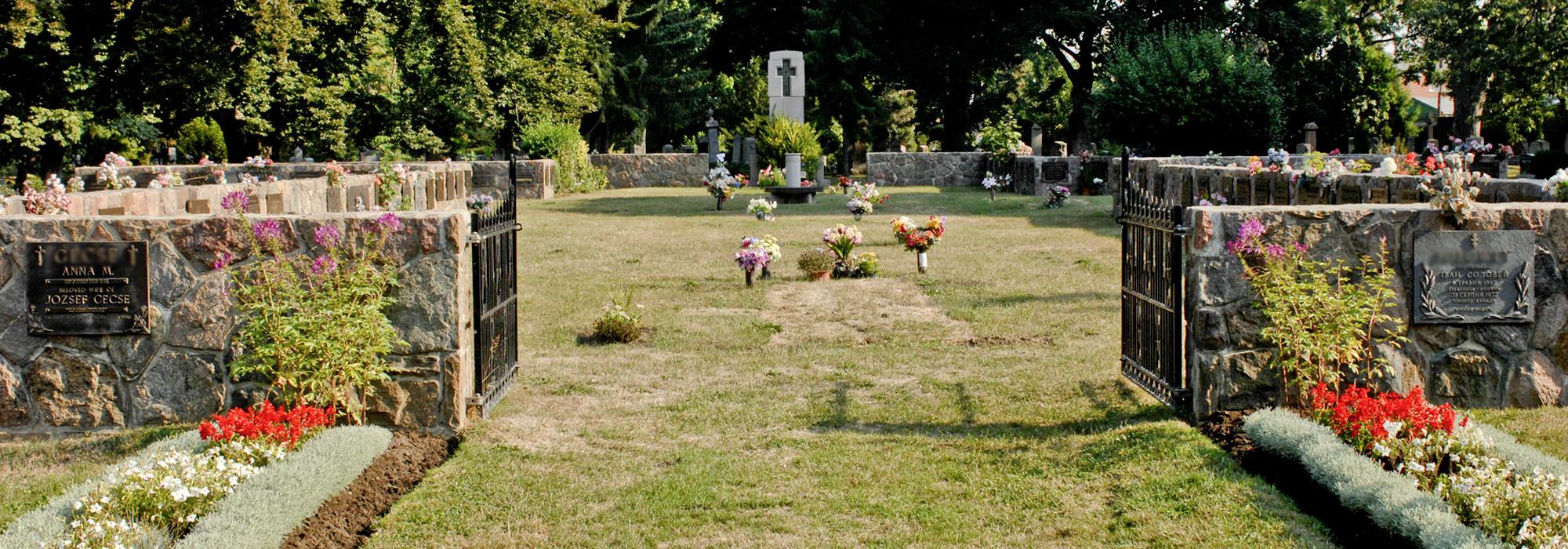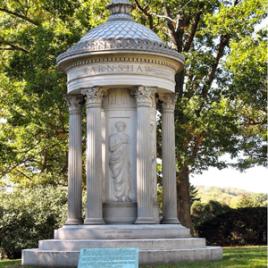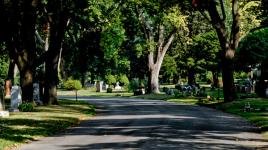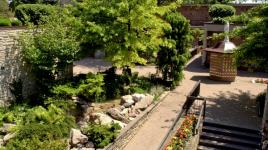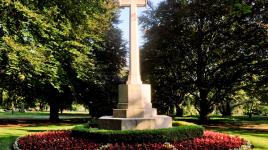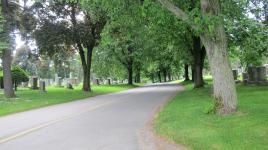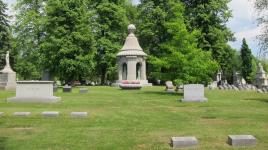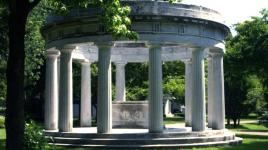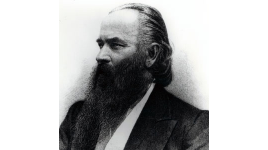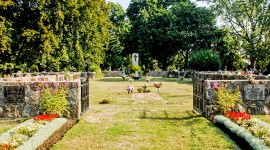Pioneer Information
Born in England, Earnshaw immigrated with his family to Cincinnati, Ohio some time prior to 1845, where he practiced civil engineering, sharing an office with his brother Henry (also a civil engineer) in 1857, and serving as the city surveyor in 1858. Earnshaw had also begun to build his reputation as a cemetery planner at Cincinnati’s Spring Grove Cemetery, where he assisted landscape gardener Adolph Strauch, with whom he would also work on Forest Lawn Cemetery, in Buffalo. In 1884 Earnshaw planned the 137-acre Highland Lawn Cemetery in Terre Haute, Indiana, and in 1889 he designed Prospect Cemetery in Toronto, for which his several surviving plans (identifying him as ‘Landscape Engineer’) separately delineate drainage, divisions of burial plots, plantings, and curving pathways. In keeping with Strauch’s tutelage, the intended result was a Picturesque ‘lawn cemetery,’ in which internal fencing and barriers were largely eliminated in favor of a unified, bucolic landscape.
In 1890 Earnshaw partnered with Thomas Brown Punshon, one of his assistants, to form the Cincinnati-based Earnshaw & Punshon. Among the firm’s commissions in the 1890s were Columbian Park and the community of Highland Park, in Lafayette, Indiana; the communities of Oakland, East Redondo, and Broadacres, in California; and the Hollywood Memorial Park Cemetery (now Hollywood Forever) in Hollywood, California. Throughout the nineteenth century, Earnshaw continued work at Spring Grove Cemetery, where, according to his wishes, he is buried. His Cincinnati firm survives as McGill Smith Punshon.



